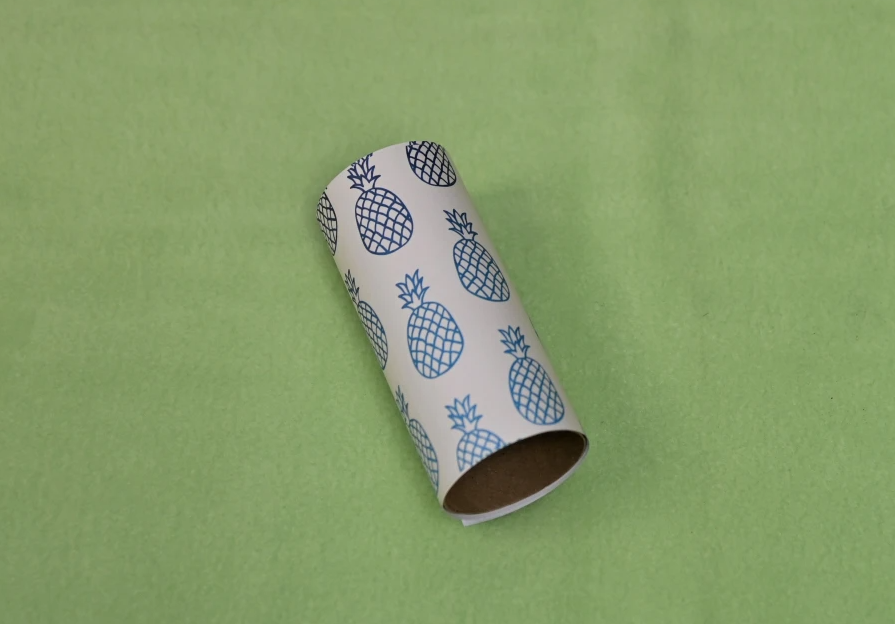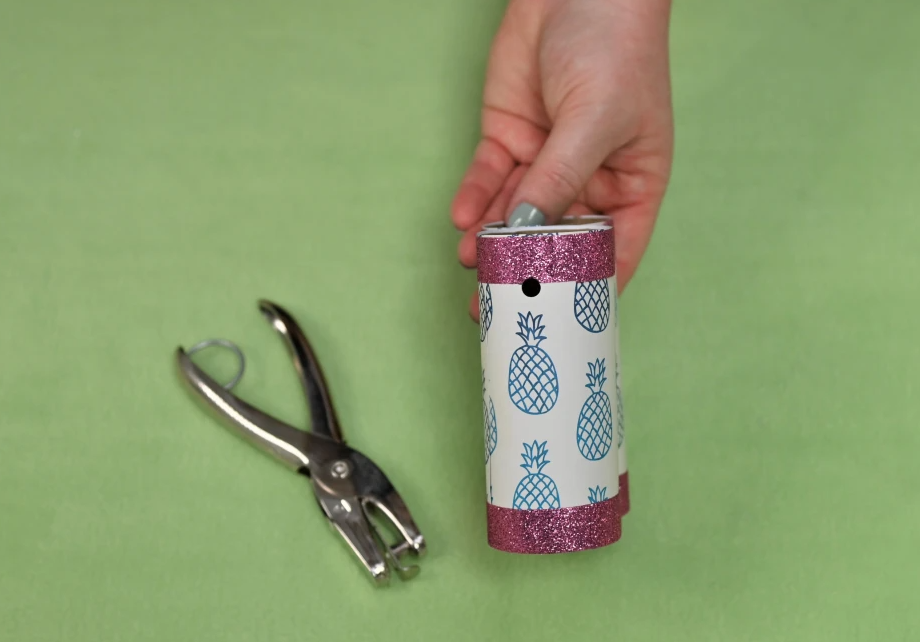Haven’t you ever wondered how binoculars actually help you see further? First we have to think about what binocular vision is. Vertebrates (animals with spines) and many other types of animals rely on binocular vision, which is vision where both eyes are used together. Binocular viewing of a scene creates two slightly different images of the scene in the two eyes due to the eyes’ different positions on the head. These differences give information that the brain uses to understand depth.
Usually predatory animals are the ones that have their two eyes positioned on the front of their heads, which is a trait meant to help them have better binocular vision; this reduces how wide they can see around them, but gives them better depth perception which is great for pouncing on prey. Try to see how far you can see behind you right now – hold up your thumbs as far as your arms reach in front of you, then slowly move your arms, still outstretched, to the sides of your body – stop once you can no-longer see your thumbs. How far did you get? That’s your field of view, or how wide you can see around you.
Usually prey animals have their eyes on the sides of their head instead of the front, letting them see almost entirely around them the whole time, which helps them notice a sneaky predator so they can get away to safety. In most of those animals, the eyes can move independently to increase the field of view even further. Birds have such incredible eyes that even without moving their eyes, some have a 360-degree field of view (that means they can see all around them, no blind spots!).
So what does this have to do with binoculars? Well we use the tool to help our binocular vision see even further than our eyes can alone. In as early as the 17th century, inventors created the telescope, which used lenses to work with light in order to make an image appear bigger. Binoculars put two telescopes side by side and allow the user to use both eyes to see a faraway object. Unlike with the telescope, binoculars allow us to see images in 3D and give the impression of depth. Binoculars are great tools to help us explore nature and are used in activities such as bird watching!
Let’s get started on making your own pretend binoculars for some safari fun!

Binocular Materials
- (2) toilet paper tubes
- Decorative paper
- Decorative tape
- Yarn or string
- Hole-punch
- Pencil
- Tape
- Scissors
Binocular Instructions
1. Begin by measuring the length of the toilet paper tubes on the decorative paper. Cut a strip of the paper at that length, long enough to wrap around the tube.

2. Wrap a strip of paper around each of the two toilet paper tubes, securing it with tape.

3. Tape the two tubes together. Add decorative tape along the bottom and top of the tubes to secure them even further.

4. Using your hole punch, make two holes on the outsides of one end of the tubes. Tie a piece of yarn or string to each of the holes, creating a loop big enough to fit over your head.
Take your binoculars outside to see what plants and animals you can find!



